I am trying to set sql_mode in MySQL but it throws an error.
Command:
set global sql_mode='NO_BACKSLASH_ESCAPES','STRICT_TRANS_TABLE','NO_AUTO_CREATE_USER','NO_ENGINE_SUBSTITUTION'
- Is this not the proper way to set multiple modes?
- What are the advantages of setting session and global modes?
- Which is preferred?
I have different users trying to update the database with different UNC values and instead of setting the session mode to NO_BACKSLASH_ESCAPES, I though it would make sense to set a global mode for this. Does this make sense?
Please let me know.
Thanks.

